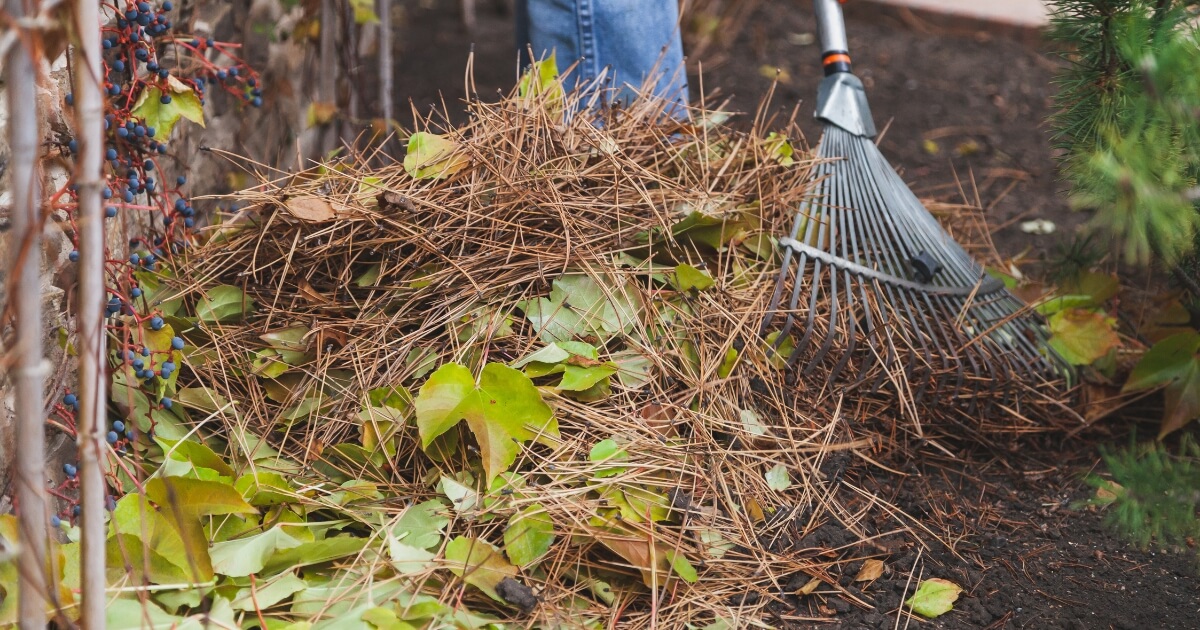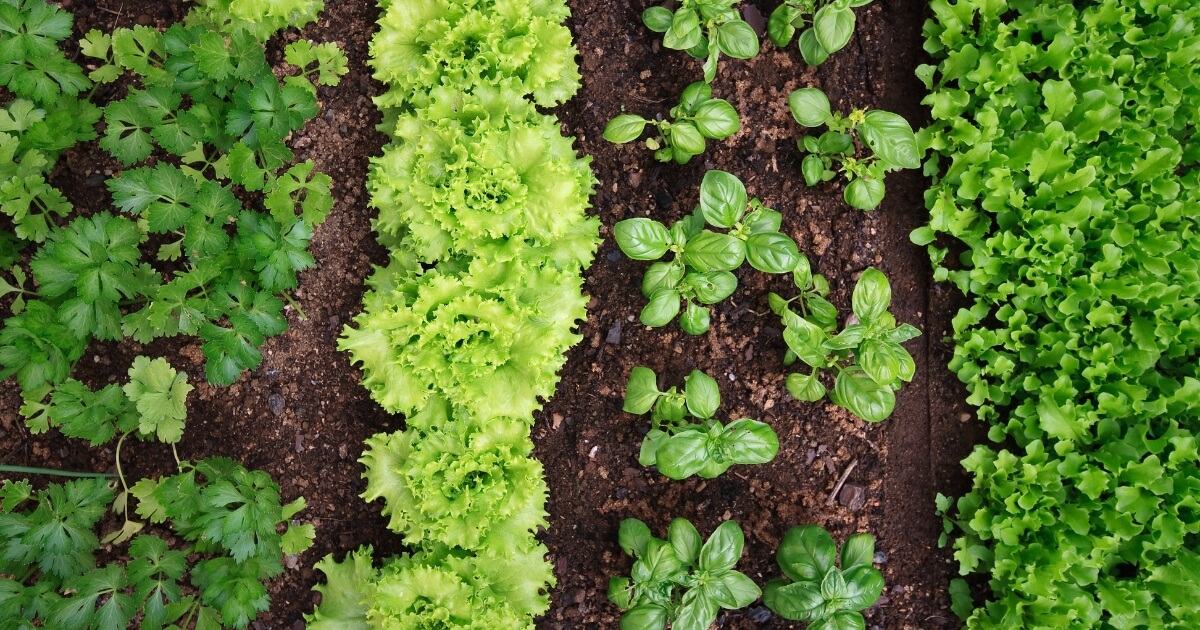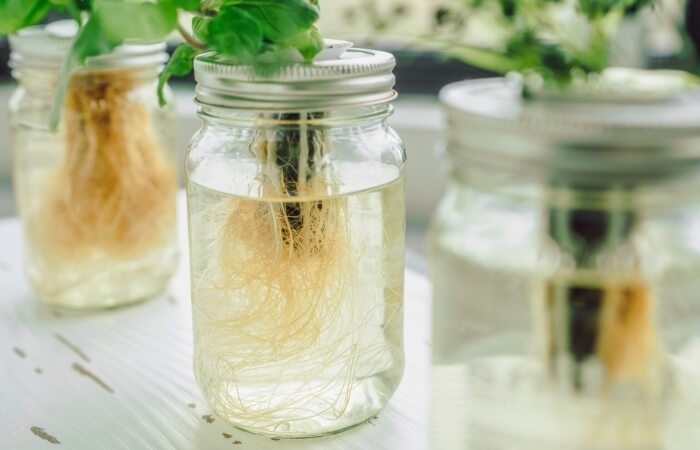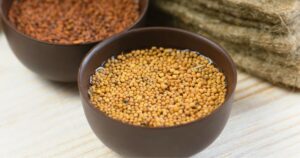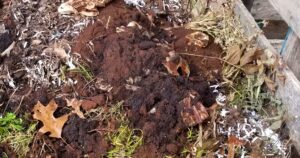If you garden, you’ll hear the word cotyledon when growing plants from seed, but it may leave you scratching your head as to its meaning.
Luckily, you’ll find a complete explanation of what a cotyledon is here in this short guide.
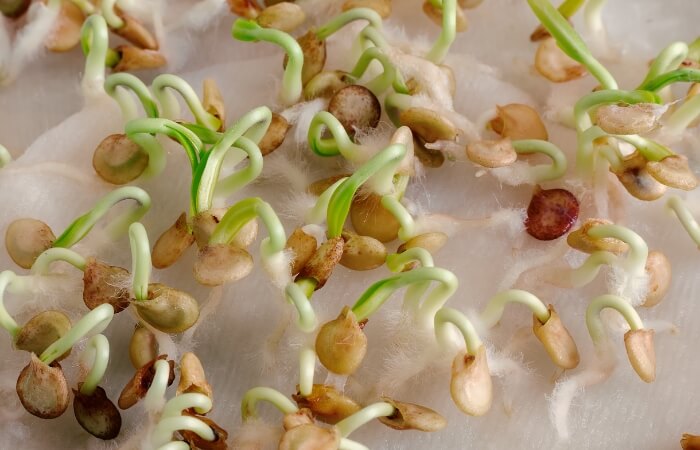
Down below, I will also explain how cotyledons develop and what to do if it gets broken or damaged so that you can improve your gardening game!
What Is A Cotyledon?
A cotyledon is a part of a plant seed. More specifically, a cotyledon is part of the seed embryo and plays a crucial role in a plant’s germination process.
Once a plant seed sprouts and begins to grow, the cotyledon pops up and opens, becoming the plant’s first leaves. Cotyledons are not true leaves, which can cause confusion in novice gardeners.
Botanists call cotyledons “seed leaves,” whose sole purpose is to access stored nutrients (endosperm) inside the seed until the plant can grow its first true leaves that can perform photosynthesis.
In some plant seeds, the cotyledon can perform photosynthesis after using the energy stored inside the embryo.
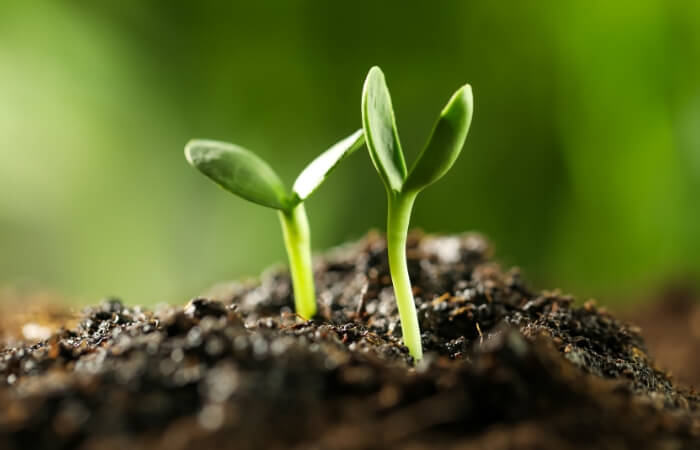
Cotyledon leaves appear thicker, rounder, and smoother than a plant’s true leaves, making them easy to identify as seedlings grow.
Once true leaves form and photosynthesize, the plant can use radiation from the sun, water, and carbon dioxide to create sugars that feed the plant throughout its lifespan.
The cotyledons will wilt and drop off as the plant grows, with no detriment to future growth.
How Do Cotyledons Develop?
Cotyledons form in the seed as part of embryogenesis at the same time as shoot and root meristems. This process happens before germination and will be epigeal or hypogeal.
When water penetrates the seed, it triggers cell division (germination) in the embryo. If the plant has epigeal cotyledon, it will burst upward and outward from the seed hull on a thin stem (hypocotyl) and open. Root hairs (radicles) will grow downward and spread outward from the seed hull.
Some cotyledon may perform photosynthetic activity for a few days, while other plants grow true leaves fast enough to take on that task.
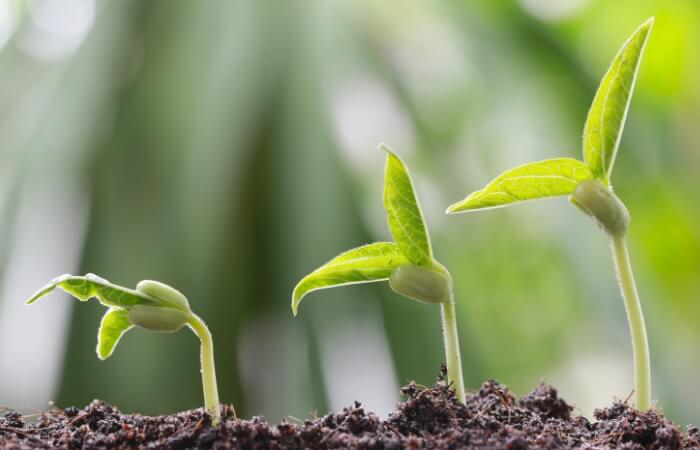
You may often see the cotyledon pushing from the soil with the seed coat still on if you garden from seed. It’s best to leave the hull alone and hope it falls off naturally, but you can carefully remove it if it’s interfering with the cotyledon leaf opening.
Hypogeal cotyledons remain in the ground after germination and never photosynthesize. The plant will have a root (radicle) that grows downward and a stem that grows above ground that forms leaves, but the cotyledon will not show.
For classification purposes, flowering plants can be monocots, which have seeds with only one cotyledon, and present flower petals in multiples of three.
When a monocot seedling grows, it will sprout one leaf at a time, with the next leaf sprouting from the center of the first. Grasses are an excellent example of monocots.
Dicots have two cotyledons within the seed and have flowers with multiples of four or five in the petals. Dicots will form two leaves parallel to each other on the stem simultaneously.
What Happens If A Cotyledon Broke Off?
When a cotyledon breaks off the plant, different things can happen. The plant may die, struggle to grow leaves or flowers, have a short span of stunted growth, then recover fully, or not show any signs of growing pains.
The most significant factor determining what will occur to a plant depends on the growth stage, whether it’s a monocot or dicot plant, and if one or both of the cotyledon broke off.
If the singular cotyledon breaks off of a monocot plant before a true leaf can emerge, you’ll most likely kill the plant. However, if the cotyledon breaks off after one or more true leaves form, the plant should grow to maturity with no issues.
For dicot plants, losing one cotyledon before true leaves sprout will delay growth versus non-damaged peers. Losing both cotyledons before true leaves grow will result in plant death as it’s lost the ability to make food.
Once you see true leaves on a dicot or monocot plant, the role of the cotyledon is over, and they will fall off naturally.
The Benefit Of Hypogeal Cotyledons Growing Underground
For plants with hypogeal cotyledons, such as grasses, the biggest benefit of the cotyledon growing under the soil’s surface is that it’s protected from damage.
If the seedling growth above the soil surface breaks off, the plant will not die. Instead, the cotyledon will send up a new shoot after a few days, and the plant should grow as expected.
In Summary
A plant cannot grow without a cotyledon, so the more you know about them and how they develop in different plants, the better your gardening skills will become.
By reading this guide, I hope you now understand what cotyledons are in plants and why taking care to keep cotyledons intact until true leaves appear is worth the effort.
The payoff for you is a better-looking and healthier garden when plants can grow as nature intended!

